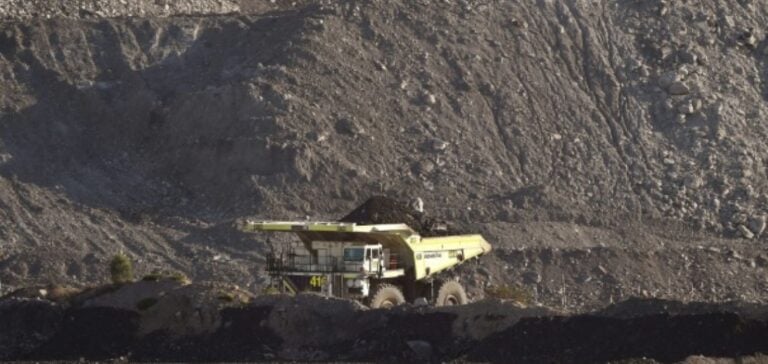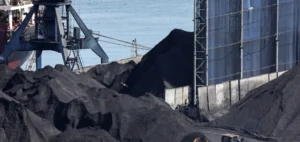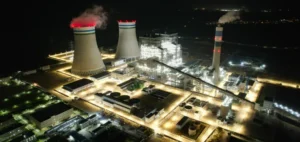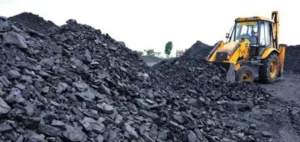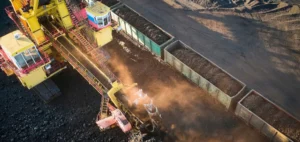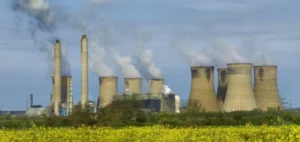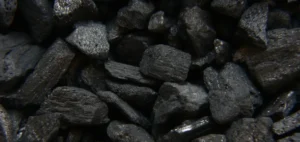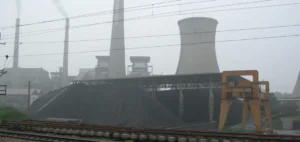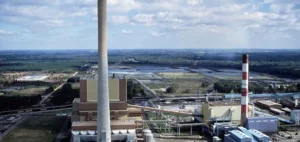Australia anticipates an increase in its metallurgical coal exports for the 2024-25 fiscal year, reaching 163 million tons, according to the latest projections from the Department of Industry, Science and Resources. This 1.2% revision from the previous estimate of 161 million tons reflects more favorable weather conditions, with reduced disruptions caused by the La Niña climate phenomenon.
Increase Supported by New Mining Projects
Exports of metallurgical coal are expected to continue rising to 174 million tons by 2025-26, driven by the development of new mining capacities. Domestic production is forecast to reach 178 million tons in the same period, compared to the 169 million tons projected for 2024-25. These increases are partly attributed to the launch of new mining operations.
Despite this growth in volume, declining prices on international markets are expected to reduce export revenues. Estimates for the 2024-25 fiscal year suggest a revenue drop to AUD 43 billion, compared to AUD 54 billion in 2023-24. By 2025-26, revenues could fall further to AUD 41 billion.
Impact of Prices and International Context
The department highlighted that the decrease in revenues is linked to falling average prices for metallurgical coal. Prices are projected to settle at USD 204 per ton in 2025, down from an average of USD 245 in 2024. Analysts believe that this decline will be mitigated by high production costs at some mines, which limit the risk of prices dropping below USD 200 per ton.
Additionally, premium metallurgical coal low volatility price indices averaged USD 207.6 per ton between July and December 2024, according to S&P Global Commodity Insights.
Reduced Prospects for Iron Ore
At the same time, Australia’s iron ore export forecasts for 2024-25 were slightly revised down, from 915 million tons to 914 million. This adjustment reflects weak global steel demand, driven by a contraction in industrial production and unfavorable economic conditions in the construction sector.
Between January and September 2024, global steel production declined by 1.6%, representing a decrease of 23 million tons compared to the same period in 2023. This persistent weakness is putting pressure on global iron ore prices, which are expected to average USD 80 per ton in 2025 before dropping to USD 76 per ton in 2026.


